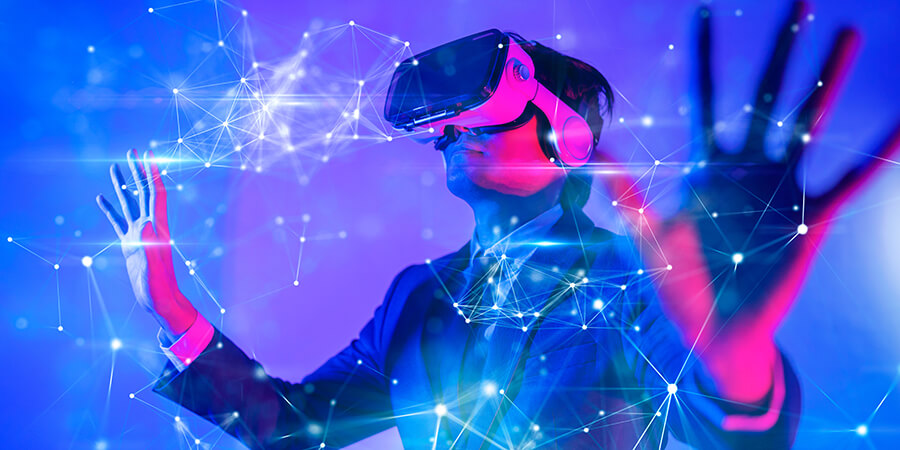The Asia-Pacific region is welcoming innovative technologies to improve cultural experiences for travelers and tourists. Augmented Reality (AR) and Virtual Reality (VR) are being utilized to showcase the diverse cultures of this region, creating immersive and enriching tourism experiences.
Asia Pacific's varied landscapes, fascinating history and vibrant social fabric have long attracted travelers in search of extraordinary and memorable experiences. The integration of new technologies into the travel industry is revolutionizing the way tourists interact with these colorful destinations, resulting in a more immersive and culturally enriching experience.
Understanding the Impact of AR and VR in Asia-Pacific
The development of AR and VR technologies has played a significant role in satisfying these touristic expectations. Such technologies offer a unique combination of information and experience that can greatly enhance a tourist's journey.
For instance, Google has developed a solution to overcome language barriers with its Google Translate features. The company has created an AR app that can instantly translate printed text in 27 languages. This app can be used to assist with ordering food in restaurants or navigating a city like a local. And this is just the beginning of such advancements in this field. There are now more tools available, including AR tourism apps, that provide interactive and real-time guides to enhance the travel experience.
Whether it's an AR-guided historical tour or a VR-powered virtual exploration of natural wonders, travelers now have the opportunity to connect with their surroundings on a deeper level. As they explore the diverse cultures of the Asia-Pacific region, they can enjoy a variety of applications and experiences that provide a rich understanding of the history, art and heritage of each destination.
The Power of AR and VR in Cultural Immersion
As the above examples demonstrate, by showcasing their immersive capabilities, AR and VR technologies have already had a significant impact on the tourism industry. These technologies have proven to be effective in breaking down language barriers and enhancing cultural immersion. And this is just the start.
By wearing AR glasses or VR headsets, tourists can experience a complete transformation of their surroundings. They can explore ancient temples as if they were architects, or witness historical figures come to life — even participate in interactive cultural ceremonies.
Countries like Japan, South Korea and India have been at the forefront of adopting these technologies to revitalize their heritage sites, museums and galleries. This has resulted in a new and captivating way for tourists to engage with these nations’ pasts.
The integration of AR and VR into the tourism industry has important economic consequences as well. According to an article by TechSci Research, these technologies not only enhance cultural experiences but also contribute to the growth of revenue in the tourism sector. Travelers are willing to spend more on such immersive experiences, leading both local businesses and governments to invest in AR and VR to attract more tourists and further stimulate the economy.
Challenges and Future Prospects
AR and VR have the potential to greatly transform tourism in the Asia-Pacific region. However, there are some challenges that must be addressed, such as accessibility, affordability and data security. Fortunately, the tourism industry is resilient and adaptable and sees such obstacles not as hindrances but as opportunities for further growth.
The future of AR and VR in Asia-Pacific tourism looks promising. According to Global Market Estimates, the research and consulting firm, the market is expected to experience exponential growth in the years to come. With travelers driven evermore by technology and always eager to explore new destinations and cultures, AR and VR are becoming essential for enhancing such experiences and explorations in all corners of the globe.
The combination of AR and VR technologies with tourism in the Asia-Pacific region is allowing travelers to connect with destinations more deeply. This integration is improving cultural experiences, boosting economic growth and transforming the way our collective stories are told. With continuing advancements, the merging of technology and travel will continue to grow as an exhilarating adventure — more captivating and enlightening than ever.





